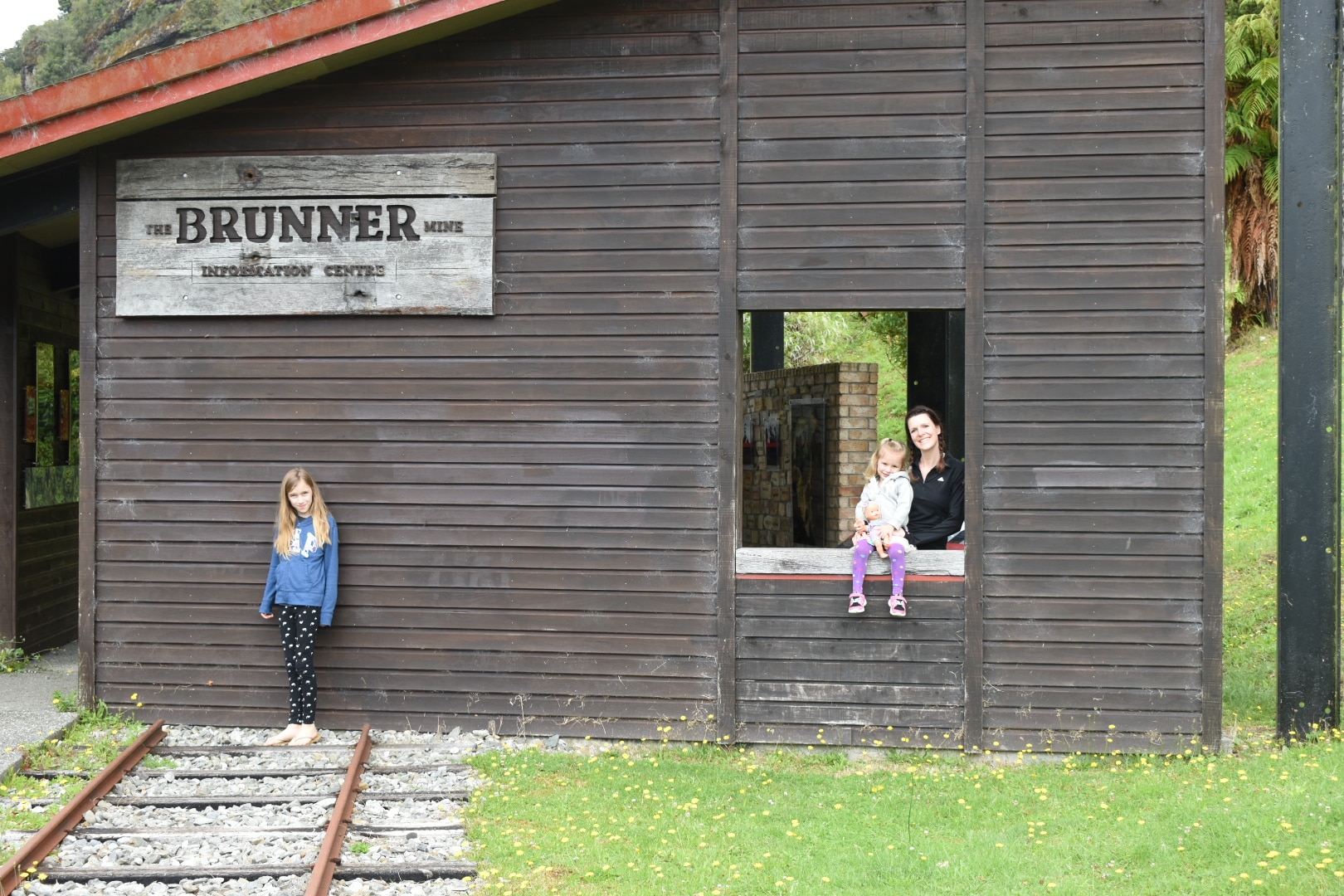
New Zealand Itinerary – Brunner, Waiuta, and Motueka
Hiking . New Zealand . Outdoor Recreation . Travel . Worldwide Travel
Recommendations for Your South Island New Zealand Itinerary – Brunner, Waiuta, and Motueka
New Zealand Itinerary: Brunner, Waiuta, and Motueka. We planned day four of our New Zealand Itinerary as a driving day to cover about 1/3 of the length of the South Island, from Hokitika all the way to Motueka, on the South Island’s North Shore between the Abel Tasman National Park and the wine-growing region of Nelson, Picton, and Blenheim. If you have a little more time, you could easily break this into two segments and stay in Reefton, the first town in New Zealand and all of the Southern Hemisphere to receive electricity. (That’s true, by the way, and it’s a beautiful town to explore). But just because you’re covering 5 hours of drive time doesn’t mean it has to be rushed; we packed in a few of our favorite South Island stops along the way. You can easily cover the distance with a few fun stops in less than a full day.

Planning a trip soon? Use our links to get discounted tickets, hotels, and more! Our site is partly supported by affiliate partnerships; your purchases through our affiliate links help support our site and the development of even more great content!

New Zealand Itinerary – Brunner
The historic mining area of Brunner is a great stop after the quick drive North from Hokitika to Greymouth. Brunner was one of New Zealand’s early coal mines on the banks of the Grey River. The site has been preserved, and a nature trail and museum mark the spot where the thriving industry began. A wooden bridge with intricate trellises stamped in Russian lettering (a lumber importer, perhaps?) cross the Grey River from Brunner, and interpretive panels in the main building at the site recount the site’s history and its importance to the local and national economies.
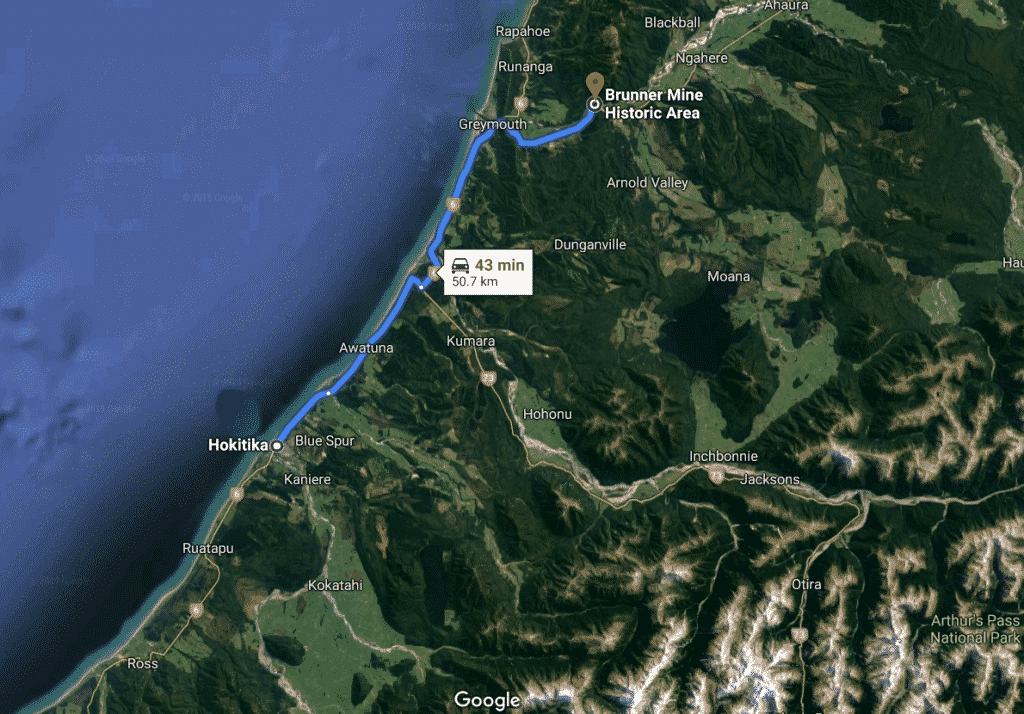
Brunner Mine Historic Area
The grounds of the Brunner Mine have been well-maintained and preserved by the New Zealand Department of Conservation, and an informational center documents the site’s history, development, and the 1896 methane gas explosion that killed more than 60 miners.

To get to the site, we walked down the steep embankment from the highway toward the bridge, and the girls immediately noticed the steel cables that anchor the wooden trellises of the bridge to the banks of the Grey River. They jumped up on the concrete footings and played around the massive cables before running out to the center of the bridge and back. After a predictable photo op on the bridge, we spotted the self-guided walking tour around the crumbling coal ovens and the rest of the coal processing site that must have been quite impressive when operating.







“British beehive oven technology was transplanted to the Brunner mine site. This design, based on a Northern English design that was very common on the Durham coalfields, was a favourite for coke production and suited the strongly swelling Brunner coal.
The Brunner Mine, New Zealand Department of Conservation
Good quality coke had a silvery lustre. Metallic looking mounds once lined these platforms beside the railway lines before being bagged, railed across the bridge and transported to the port at Greymouth.”

We wandered around and through the site, the crumbling coal ovens and platforms now protected by a tall, roofed metal structure and roped off from curious tourists. As we made our way around the far end of the complex, we noticed a small trail leading up along a stream. This unofficial trail intersected with a more developed one that led across another smaller wooden bridge and into the surrounding forest, along a gentle stream punctuated by small waterfalls that skipped from mossy rock to smooth stone surface until they emptied into the Grey River below. Relics from the coal mine littered the path. The number nine, emblazoned on the center of steel spokes discarded a hundred years prior, still maintained its original hue, a rusty red against a blackish metal backdrop.

The New Zealand Department of Conservation has done a fantastic job of preserving and interpreting the site of the Brunner Coal Mine, and we highly recommend a short stop on your way to the even more impressive ghost town of Waiuta, an hour Northeast of Brunner Mine.

New Zealand Itinerary – Waiuta
Next stop on the New Zealand Itinerary: Waiuta. From Brunner, it’s another hour Northeast to the ghost town of Waiuta, a former gold mining town that residents abandoned in the early 1950s after the town’s primary mining shaft collapsed. At its peak, Waiuta was home to about 600 people. The skeletons of many structures are still visible today, some beautifully preserved and others just chimneys and foundations slowly disappearing into the surrounding landscape. The town pool sits on the edge of the development, and rusting equipment sits in open fields where it was left nearly 70 years ago. We brought a picnic lunch and played in the fields around the center of town for several hours; plan at least two or three hours if you want to wander the streets and really get a feel for the abandoned ghost town.
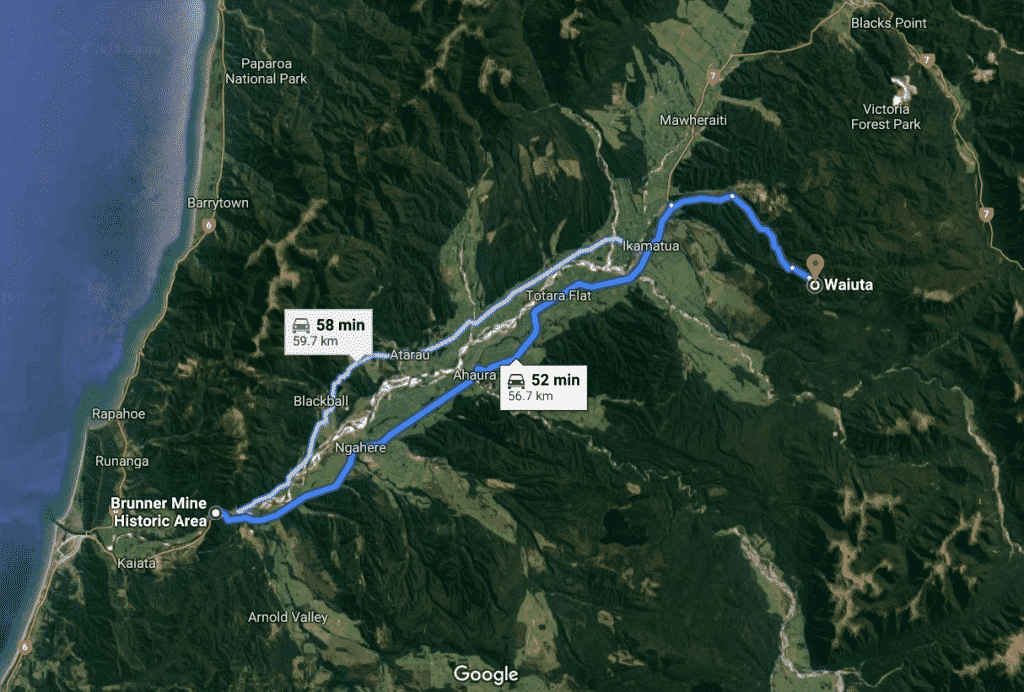
Waiuta: New Zealand’s Gold Mining Ghost Town
Waiuta is a bit of a drive off the main highway, but there are several access points to reach the mountain town. We approached from the West, just past Ikamatua, first driving past the Blackwater School before winding up the narrow, steep road that leads higher and higher to Waiuta.

At its peak, Waiuta was home to about 600 intrepid miners, families, children, and other entrepreneurs who made the mountain town home. The mine produced 750,000 ounces of gold and extended almost 900 m. below ground. In 1951, the mine shaft collapsed, and with it, the entire town (though not as suddenly). When the mine was no longer operational, most of the residents moved out, in many cases leaving possessions behind before slowly disassembling their homes and taking them away piece by piece. Today, a few of the original homes can be seen as they were in the mid-Twentieth Century. Others have been reduced to rubble by the ravages of time; brick chimneys have survived less hardy building materials that were removed or have long since vanished.

Photography in Waiuta
A visual record of Waiuta exists today thanks to the photographic work of Czech immigrant Joseph Divis, who immigrated to New Zealand in 1909 and later worked in Waiuta’s Blackwater Mine after he settled in Waiuta in 1930. When he wasn’t underground (and even when he was), Divis captured iconic images of the town and its residents, supplementing his income with photography. After an injury in the mine in 1939, he no longer worked, and was interned as an enemy alien during World War II. After his release in 1943, he returned to Waiuta, and chose to stay after most of the town left in 1951.

Divis’s photos are distinct in part because he is in many of them; he used a shutter release timer to jump in front of the camera for many of his photographs at Waiuta.

Waiuta’s Blackwater Mine
Broad streets lead around the former center of town and the site of the Blackwater Mine. The Department of Conservation has done a fantastic job maintaining and preserving the grounds, and the town spans several square miles. For a quick stop, check out the mine complex (pictured below) and surrounding grounds. If you have a bit more time, it’s worth wandering around toward the town’s pool and the many foundations still visible as you move out from the mine.










Waiuta gave us a chance to stretch our legs and play outside in the mountains for a bit on our long drive North. The girls ran up and down grassy paths shaded by the occasional overgrowth. The manicured grounds made it easy to move around the town, and we were constantly stumbling upon new sites of interest as we made our way around the winding gravel streets.



New Zealand Itinerary – Waiuta’s Historic Blackwater School
New Zealand Itinerary – Waiuta. A few miles down the hill from Waiuta to the West sits the one-room Blackwater School. Visitor donations contribute to its upkeep, and some great educational artifacts can be seen in glass display cases inside. If you approach Waiuta from the West, you’ll come to the Blackwater School about half way up to the town, near some existing homes and farms.

We walked into the entrance to the Blackwater School to find low wooden benches and a small janitor’s closet. With the rugged wooden floors and open-air feel to the one-room schoolhouse, we didn’t feel like we should take our shoes off, but the girls immediately found a seat toward the front of the class (we feel so proud). A carrot in one hand, Nyah promptly began reading aloud the primer at the front of the room. We really should have brought her homework in with us; what better place to study math and social science than in an historic school in the New Zealand countryside?


New Zealand Itinerary – Motueka
The Drive to Motueka: Heading North to Abel Tasman National Park
After Brunner and Waiuta, we were ready to finish the last 3 1/2 hours North to Motueka. The girls slept part of the way, energy spent running up and down the quiet streets of Waiuta and somersaulting down grassy hillsides. In all, we drove about 5 hours from Hokitika to Motueka, not including all our fun stops along the way. As we wound North, the light began to change, casting a bright yellow glow against eucalyptus trees bordering farmland between Atapo and Motupiko. I refer to this as “New Zealand light,” the effect of bright, front-lit trees against a backdrop of cloudy skies, darkening before a storm. No matter where I am in the world, seeing this combination of light in the countryside reminds me of New Zealand.
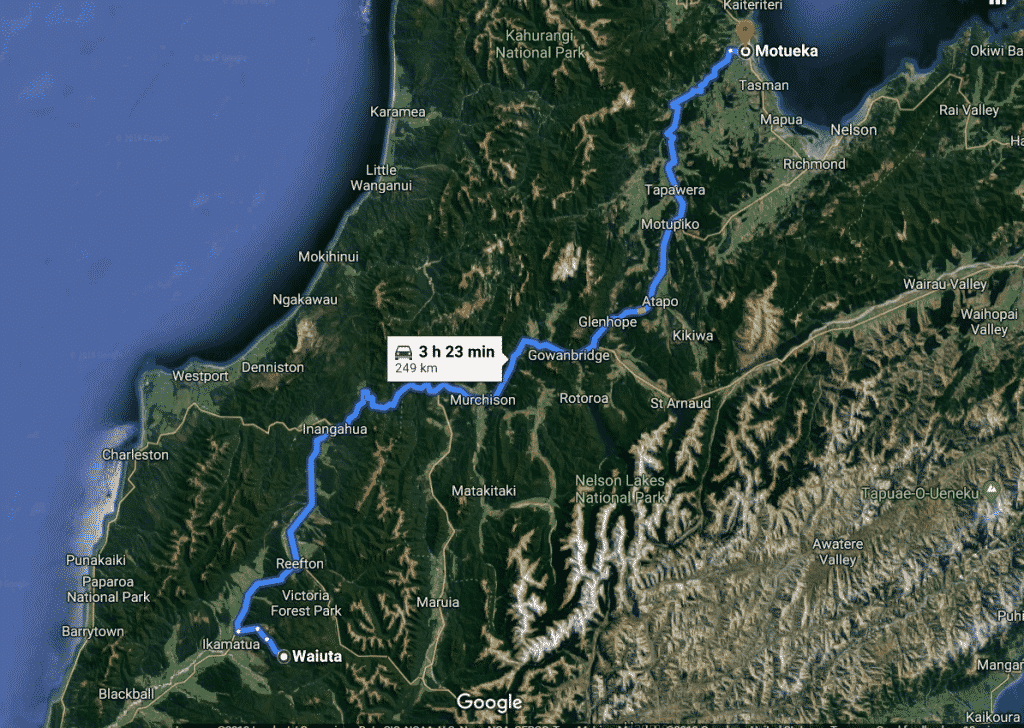
From Waiuta, it’s another 3 1/2 hours to the North Shore at Motueka, through Tapawera, Motupiko, Atapo, Glenhope, Gowanbridge, Murchison, Inangahua, and Reefton (in reverse order). Be ready for changing landscapes, mountain passes, vast open spaces, and finally, small vineyards and local farms as you approach Motueka and its charming main street with international cuisine (Simply Indian was our favorite) and the historic 1913 Motueka District High School, the district museum since 1987. A sign in front of the school reminds visitors of the “Forgotten Heros of WWII – The Animals. ‘They Had No Choice.'” Sentimentality aside (or perhaps because of our somber mood after reading that sign), we loved Motueka’s Sprig and Fern restaurant on Wallace Street, with its regional craft brews and local menu. (Motueka is also our launch pad for Abel Tasman and our backpacking trip to Mutton Cove. We’re planning to come back to Motueka for one night before we continue on through Picton to Wellington).



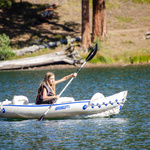
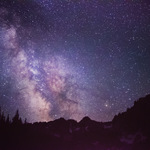

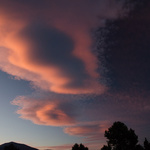
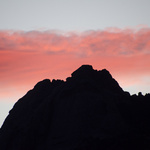
[…] Brunner, Waiuta, and Motueka […]
[…] Brunner, Waiuta, and Motueka […]
[…] Brunner, Waiuta, and Motueka […]